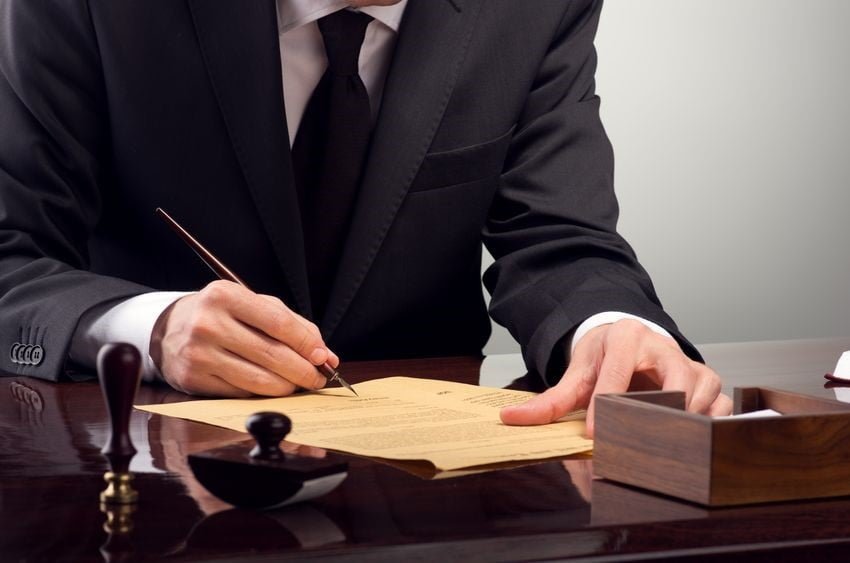What is Motion to Continue:- The idea of a "Motion to Continue" is vital in the context of judicial processes for guaranteeing the impartial and equitable administration of justice. A formal request for an extension of time or a postponement of the scheduled proceedings is known as a motion to continue and is made by one of the parties in a legal matter.

This legal strategy is frequently used for a number of reasons, such as the necessity for further preparation, the absence of important witnesses, or unanticipated events that may delay the case’s progress. We will examine the goal, the procedure, and the elements that might affect the Motion to Continue’s approval or rejection as we dig into the nuances of this document.
Object of a Motion to Continue
A Motion to Continue is primarily used to make sure that the judicial process is impartial, just, and thorough. It acknowledges that unanticipated events or practical limitations may occur during a legal action, requiring a time extension or a delay in court proceedings. The following are some typical justifications for submitting a motion to continue:
- A continuance may be requested by lawyers if they feel they need additional time to effectively prepare their case. This can entail assembling information, speaking with witnesses, or doing legal study.
- Lack of Key Witnesses: The fairness of the trial might be greatly impacted if a key witness is not present on the appointed court date. In these circumstances, a Motion to Continue may be submitted to postpone the trial until the witness is available.
- Exigencies and Health Concerns: To ensure that all parties and their legal representatives are able to participate completely, a delay in the procedures may be necessary due to personal exigencies or health concerns.
- Scheduling Conflicts: On occasion, conflicts resulting from other court commitments or prior obligations may develop, necessitating a change in the court date.
The Way a Motion to Continue is Filed
A Motion to Continue is normally filed in accordance with the following legal process:
- The party requesting the continuation must prepare a formal written request outlining the justifications for the delay, sometimes via the assistance of an attorney. This paper has to explain the request in detail, be brief, and provide supporting documentation.
- Serving the Opposing Party: In order to provide the opposition the chance to reply, the motion must be served on them. This guarantees openness and gives the other party the opportunity to challenge the request if they think it is unjustified.
- Court Review: The motion and any answers from the opposing party will be examined by the court. If granting the continuation is in the interests of justice, they will weigh the arguments made and make that determination.
- Hearing: The court may occasionally set a hearing to further consider the motion and provide both parties the opportunity to submit their views and supporting documentation.
- Decision: The court will decide whether to approve or reject the Motion to Continue following the review and any required hearings. The facts that have been disclosed, their effect on the fairness of the case, and the laws in that jurisdiction that regulate continuances are often taken into consideration while making this determination.
Conclusion
The Motion to Continue serves as a crucial device to ensure the fair and thorough administration of justice in the complicated world of legal processes. It gives parties a way to address unanticipated events, inadequate planning, or other valid worries that can prevent a fair settlement of their dispute.
The court carefully examines the arguments made against the potential impact on the fairness of the proceedings before granting or rejecting a motion to continue; this procedure is not automatic.
For all parties participating in legal proceedings, it is essential to comprehend the aim, the procedure, and the elements that influence whether a Motion to Continue is granted or denied. It acts as a reminder that the judicial system is set up to guarantee that justice is administered in a way that is fair and unbiased in addition to upholding the rule of law.